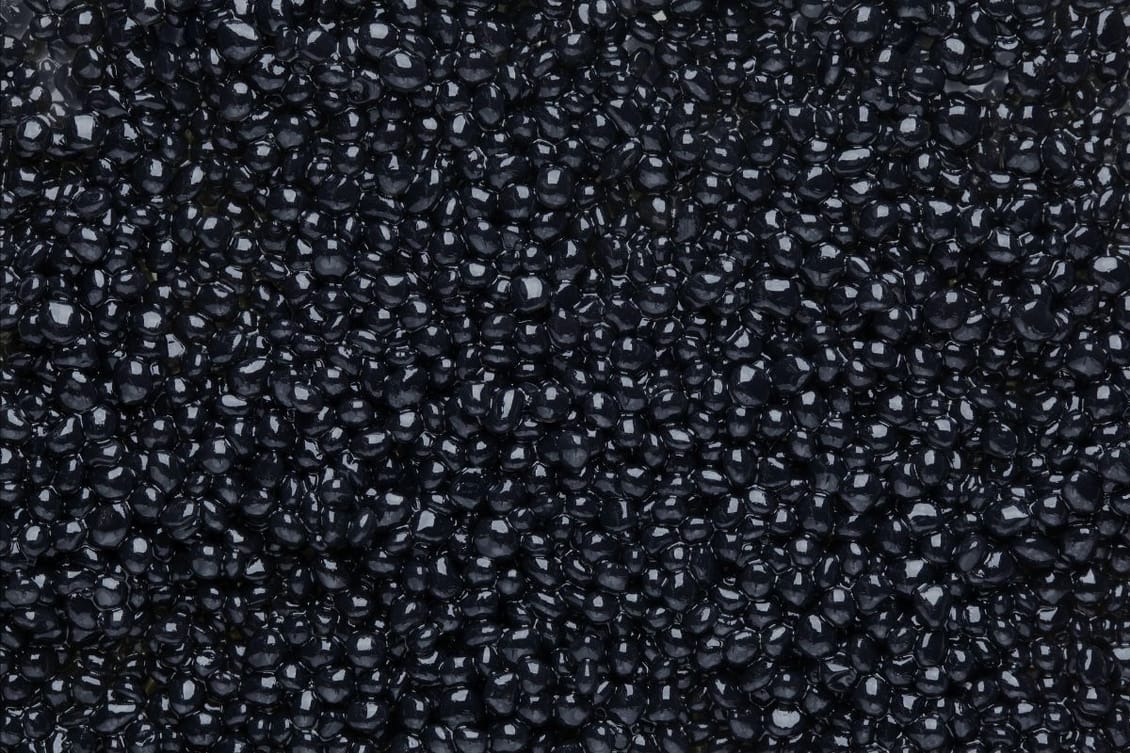
Caviar: the epitome of high-end gastronomy. Or at least, it used to be.
A firm blini, topped with créme frâiche, and a dollop of shiny black pearls – a sign that your dinner host had gone the extra mile to impress their guests. And it wouldn’t be your average dinner party.
Beluga caviar – regarded as one of the most premium caviars in the world – can cost in the region of USD $5,000 per kilo, depending on the retailer and origin. But the caviar market is changing; and it may not remain an elite delicacy.
In the next five years, the caviar market is estimated to grow by $175 million to $547 million, at a CAGR of 7.96%.
That continued market growth means that caviar farmers have to keep up with rising demand. But caviar farming is a lengthy process. The product comes from the sturgeon fish, which have to be at prime maturity for their roe (caviar) to be harvested at the perfect taste profile and consistency to live up to its luxury price tag.
It’s costly too. Harvesting caviar from sturgeon is labour intensive and requires expertise to carefully and safely extract the roe. And once extracted, it goes through a delicate process of sifting, rinsing and filtering to leave producers with the highest quality product. It’s that process that determines the saltiness.
As with most traditional fishing practices, sturgeon was overfished to keep up with demand. But because sturgeon take so long to reach maturity, wild sturgeon numbers declined at a significantly faster rate than other fish species. The demand for beluga sturgeon eggs almost made that particular species extinct; and in 2004 it was placed on the endangered species list.
Now, caviar farmers have adopted more sustainable practices – and this is helping sturgeon numbers recover and protecting the future of caviar.

The exclusivity of caviar has long been one of its key selling points. The cost of the product meant it became a status symbol; a signifier of wealth for those who could afford it.
But this is changing. And that’s partly down to the rise in sturgeon caviar alternatives that have been developed to counter the environmental impact of caviar harvesting: including lumpfish roe, salmon roe, and even vegan caviar.
Instead of heading to a specialist gastronomy shop, fish roe alternatives can be found in some supermarket chains – so keen home chefs can experiment with caviar.
We’ve spotted:
Interestingly, although the caviar market is growing, so is the vegan caviar market – at a similar CAGR of 7%. It’s on track to nearly double by 2033, when it’ll reach around $484.
So has the world moved on from the elitist hors d'oeuvre on silver platters and made the move to a more modest and accessible way for the masses to enjoy caviar?
Caviar is a luxury food steeped in history, process and occasion. It’ll always have a place in F&B – but as sustainable food alternatives continue to grow in popularity, we’re seeing more examples of caviar veering away from high-end culture and making its way into everyday eating.
We love these unique caviar use cases:
According to one survey, 16% of Millenials have opted for strict veganism at one point in their lives, compared with only 8% of Baby Boomers. And with interesting and innovative fish-free choices in the caviar market, we could be looking at a new era of gastronomy.
Register now to attend InFlavour 2024 happening from October 1-3 at Riyadh Front Exhibition and Conference Center (RFECC).
Take your seat at the InFlavour table, a government-backed and world-leading B2B food event by Tahaluf.
E-mail address SubmitWant to keep up to date with all our latest news and information? Enter your name below to be added to our mailing list.
E-mail address Submit